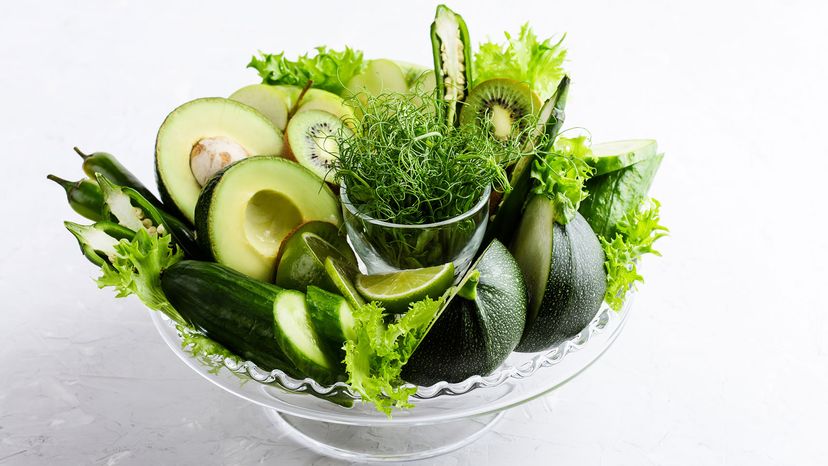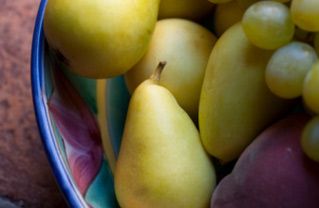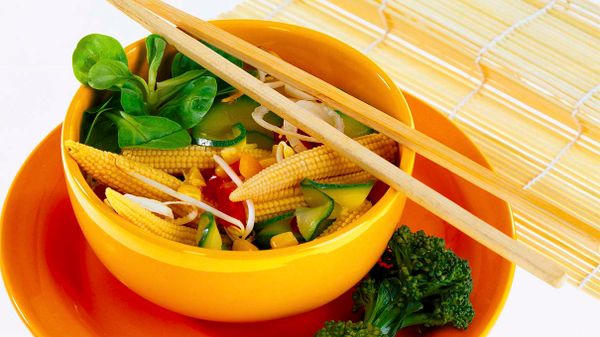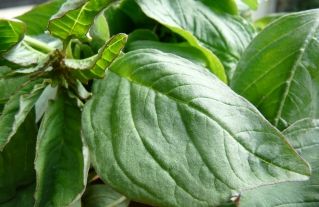Microgreens are younger versions of many veggies you already know and love, they're just harvested way sooner (typically when they're between 1 and 3 inches or 2.5–7.5 centimeters tall, around five to 12 days after planting). They are larger than sprouts, but smaller than the baby versions of leaf veggies (like baby spinach, which is just a smaller version of a mature spinach plant).
Typically, microgreens are grown from seeds within certain families, like the Brassicaceae family, which includes members like broccoli, cabbage, arugula, radish and cauliflower. Other microgreen varieties across different families use seeds from veggies such as lettuce, radicchio, carrots, dill, celery, onion, leek, quinoa swiss chard, beets, spinach, squash and cucumber, among others.
Despite their wee size, microgreens are nonetheless in possession of surprising flavor. "Most of them are tastier than their 'older' cousins," says Serdar Mizrakci, a greens expert and founder of Element Farms in an email. "They often have a stronger flavor of whatever the green is. So radish microgreens will be more radishy, the flavor of beet microgreens will be more pronounced, and pea shoots will taste like the freshest peas you've ever eaten."
They've also exploded in popularity. "I've seen a 100 percent increase in demand for micro greens. Three years ago, when we started doing pea shoots, they weren't easy to sell," says Jon Graziano, assistant farm manager at Holly Hill Farm, an organic non-profit farm in Cohasset, Massachusetts via email. "I had to do a lot to make the market ... selling larger quantities for lower prices, doing a lot of sampling, trying to explain to people why they were good for them. Now they want them."



